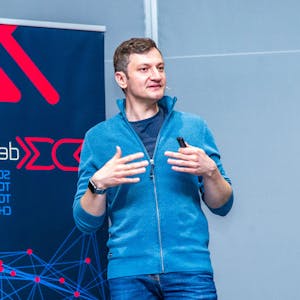So after that, we decided, now it's the time for building a new platform for our web applications, because this was also one aspect we want to improve. We want to move into the direction of a modern unified technology stack. And I set up an RFC process. So this is something we didn't have before. So I wrote a document and requested comments on this document. And in theory, this, I think, is a good idea. But in practice, as we will see, it didn't work as smoothly.
And in this document, I highlighted that we want to use a monorepo approach in the future and we want to use Next instead of Laravel. And then all people were invited to contribute to this document. And in theory, this is a good idea, but in practice, not everybody knew at this time how important the decisions will be that were made in this RFC process. And all in all, it still felt very much as me dictating the future of the platform of tomorrow. And this led to learning lesson two.
The people must feel involved in coming up with the solution for a new technology stack, for example, or anything you want to, or any larger effort within a company or a team. So we have to make sure that everybody gets on board. And because this is not always possible, for those people who are not happy with the solution, for those people who you can't convince that your idea is the best, they at least have to be aware that they need to disagree and commit. So you should make it a practice in your company that everybody feels heard and everybody is heard. But of course, you can't convince everybody, but still the people need to be aware that in the end, although they disagree, they have to commit and do their best to make the new project succeed.
Okay, so this was the RFC process for a new technology stack. And then it was time to build it. So let's build it, I thought. And there was another problem. I overpromised. And of course, then everything took a lot longer. So to find support for this RFC, I said, yeah, it won't be a big deal. I can do a lot of the work and we can do it on the side. So it won't be a big deal in the end and everything will be easy. But of course, it wasn't that way. Everything took a lot longer than anticipated. And the teams weren't aware that they also need to invest some time into it. So everybody was unhappy, basically, because there was no progress anymore.



















Comments